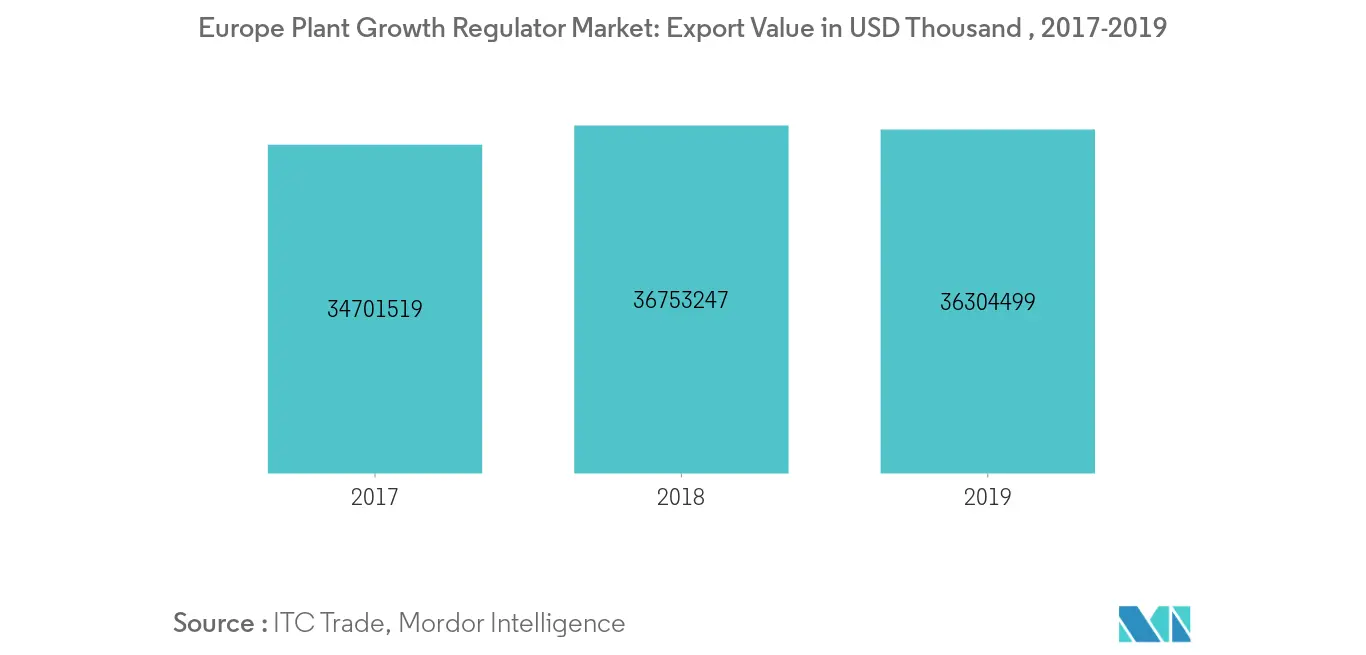Market Trends of Europe Plant Growth Regulators Industry
This section covers the major market trends shaping the Europe Plant Growth Regulators Market according to our research experts:
Increasing Organic Farming
According to the United States Department of Agriculture (USDA), The demand for plant growth regulators in Europe was considerably high in 2019 due to the big scale of organic farming industry where specific plant hormones such as cytokinin, Auxins, and gibberellins are utilized in several methods of farming. The organically managed permanent pasture area is highest in Spain, Germany, the United Kingdom, and the Czech Republic, with at least 400,000 hectares managed in each country. Organically managed pastureland, used for livestock, represents a major element of Europe's organic land area. Cereals like corn and wheat are showing major growth, along with perennial crops like olives and grapes. Approximately 70% of the consumers trust organic products on the belief that organic farming methods address animal welfare, environmental, and rural development concerns.

Export is Dominating The European Market in Terms Of Value
According to the International Trade Centre (ITC) in 2019, Europe is the largest market accounting for around 45% of the market share. Growth in the consumption of organic food is driving the market in this region. Countries such as France, the United Kingdom, Germany exports the highest value of export followed by Spain, the UK, and France. According to the International Trade Centre, in 2018, Germany exported Plant Growth Regulators worth USD 4,339,509 thousand, up from USD 3,981,287 thousand in 2016. Some countries such as the United States and Poland are the major importing countries of Plant growth regulator with France holding a major share among all. The export of plant growth regulators in Europe is mainly intra-export oriented.


